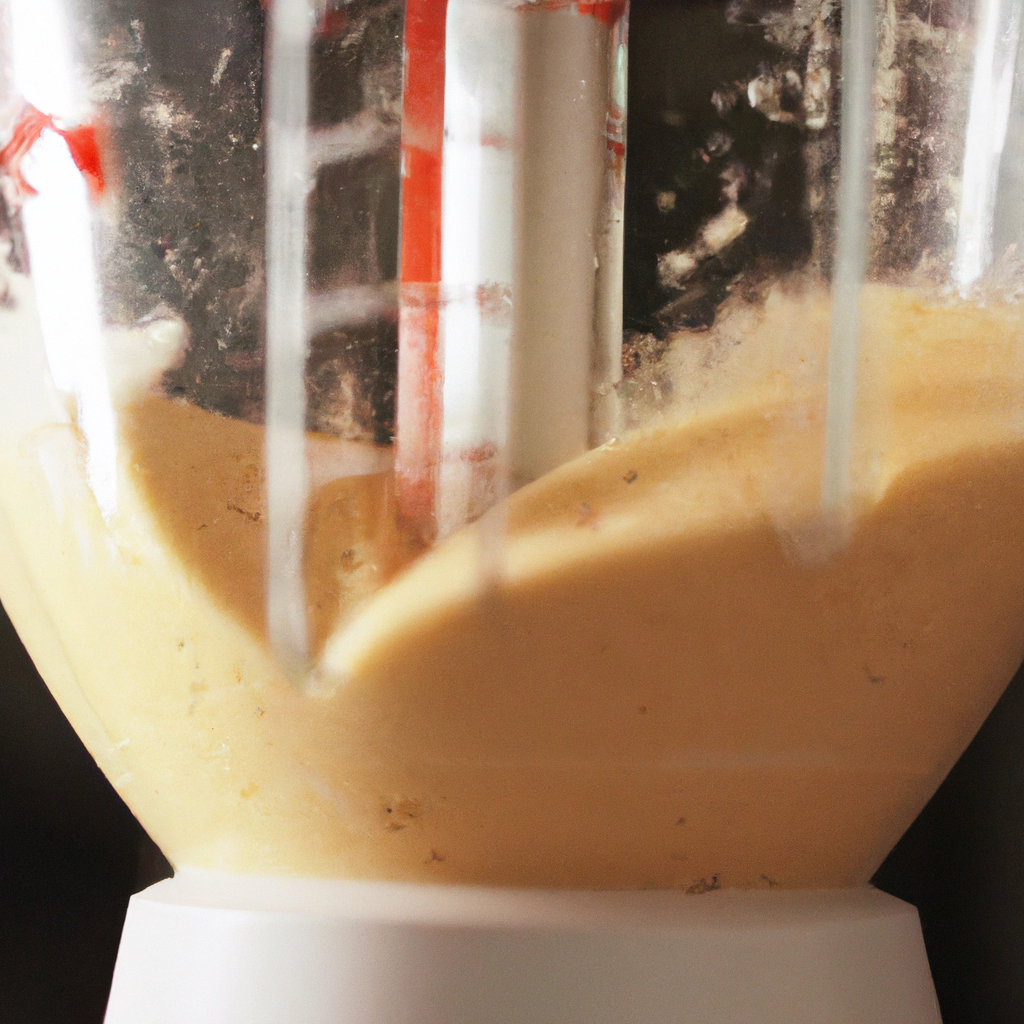Blenders have become an indispensable appliance in today’s modern kitchen. They are used to mix ingredients to form various food items, including smoothies, soups, sauces, and cocktails. But how do blenders mix ingredients so efficiently? In this article, we will explore the blending techniques used by different blender types to provide a comprehensive answer to this question.
Blender Types
Before we delve into the blending techniques, it’s essential to understand the different types of blenders available. There are two primary types of blenders – the immersion blender and the countertop blender.
The immersion blender, also known as the hand blender, is a handheld device used to blend ingredients directly in a pot or bowl. It comprises a motor and blades that are attached to a long shaft. The immersion blender is ideal for blending small quantities of ingredients and is very convenient to use.
The countertop blender, on the other hand, is a stand-alone device that sits on a countertop. It comprises a motor, blades, and a container, which is typically made of glass or plastic. Countertop blenders come in various sizes and models, ranging from low-powered personal blenders to high-powered commercial blenders.
Blending Techniques
Blenders mix ingredients using different techniques, depending on the type of blender and the recipe requirements. Here are some of the most common blending techniques used by blenders:
1. Crushing – Blenders can crush hard ingredients such as ice and nuts by using the crushing technique. This technique involves using a combination of high-speed rotations and sharp blades to break down the ingredients into smaller pieces.
2. Pureeing – This technique is used to create smooth and consistent blends. It involves blending ingredients until they are completely broken down and mixed together. Pureeing is commonly used for creating smoothies, soups, and sauces.
3. Chopping – Chopping involves blending ingredients into small, uniformly sized pieces. This technique is ideal for creating salsas, dips, and marinades.
4. Mixing – Blenders can mix ingredients together without breaking them down by using a lower speed setting. This technique is ideal for creating doughs and batters.
Blender Mechanism
Blenders work by using a motor to power blades that rotate at high speeds. The blades are designed to create a vortex that pulls ingredients towards the bottom of the container, where they are blended together. The shape and size of the blades can vary from blender to blender, depending on the intended use.
Countertop blenders typically have more powerful motors than immersion blenders, allowing them to blend larger quantities of ingredients at once. They also have larger containers, which makes them ideal for creating family-sized portions of food.
Immersion blenders, on the other hand, are more compact and convenient to use. They are ideal for blending small quantities of ingredients and can be easily stored in a kitchen drawer or cabinet.
In conclusion, blenders mix ingredients by using a combination of blending techniques and a motor-powered mechanism. The type of blender and the blending technique used depends on the recipe and the intended use of the blended ingredients. By understanding the different blending techniques and the mechanics behind blenders, you can choose the right blender for your kitchen and create delicious blends with ease.







